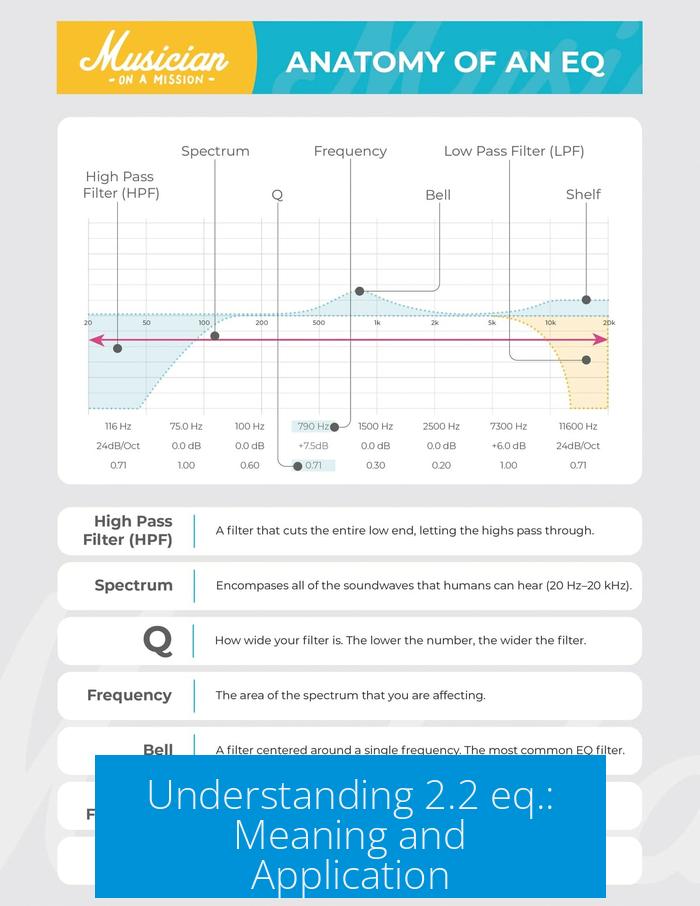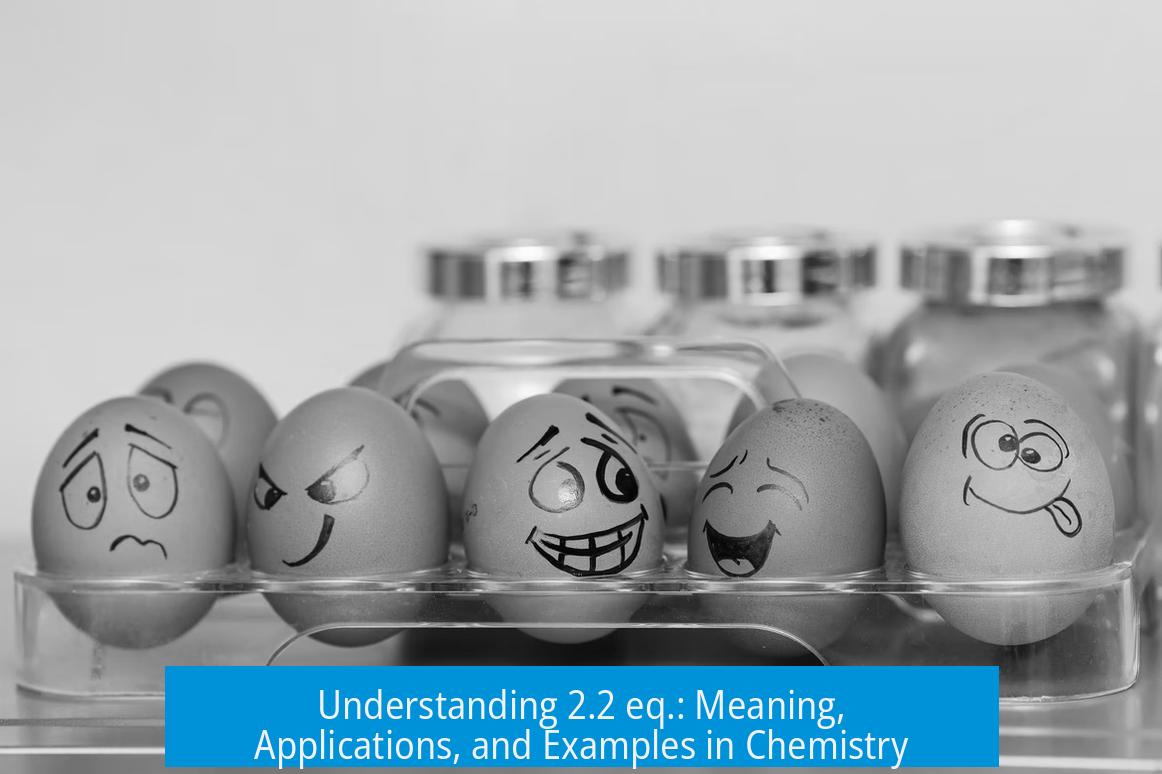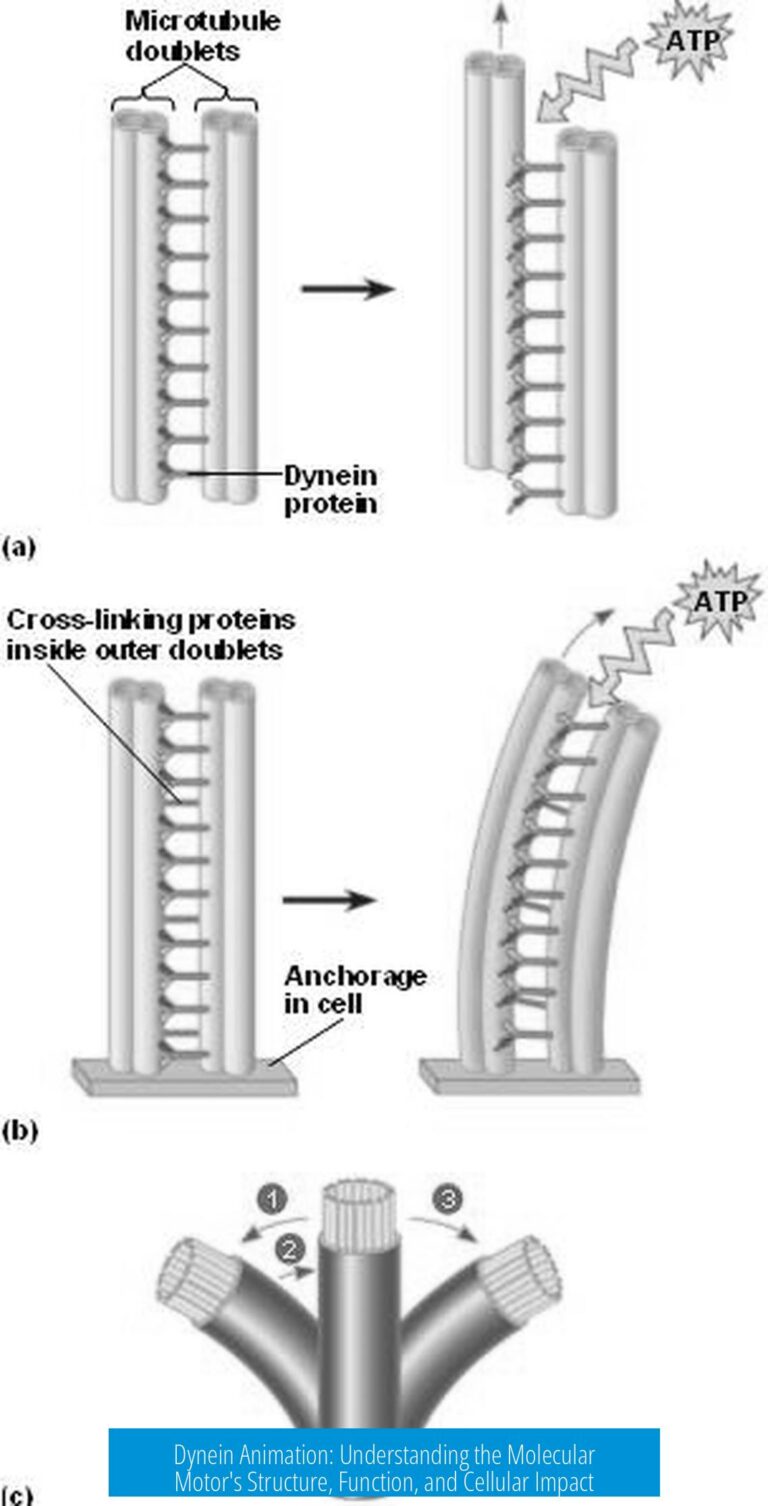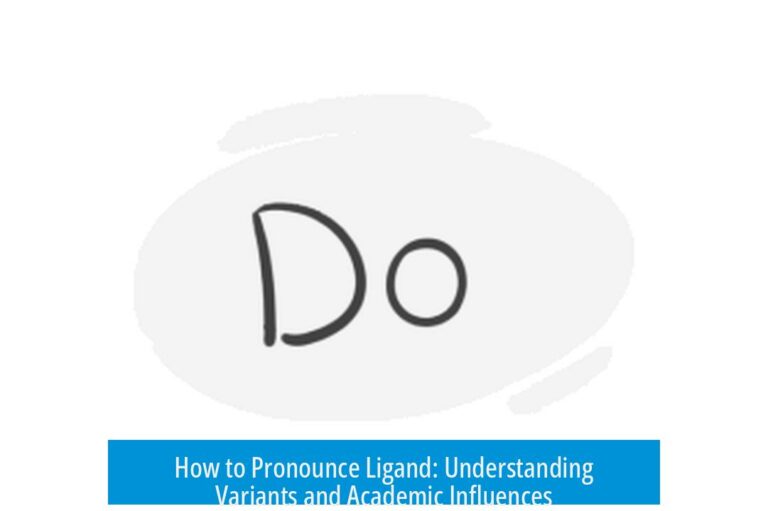Understanding 2.2 eq.: Meaning and Application

2.2 eq. means using 2.2 equivalents of a reagent relative to the limiting reagent in a chemical reaction. This term expresses the molar ratio of a reagent to the substance that limits the reaction’s progress. For example, if the limiting reagent is present at 1 mmol, using 2.2 eq. means adding 2.2 mmol of the other reagent.
What Does “eq.” Stand For?
“Eq.” is shorthand for “equivalents.” It indicates how many times the amount of a reagent is used in comparison to the limiting reagent. The limiting reagent is often the compound that will be fully consumed first during the reaction.
Practical Explanation of 2.2 eq.
- If 10 mmol of the limiting reagent is present, 2.2 eq. corresponds to 22 mmol of the added reagent.
- This ensures an excess to drive the reaction forward, improving yield or selectivity.
- In reactions involving sensitive reagents like organolithium compounds, the 2.2-fold excess compensates for any side reactions or reagent degradation.
Computational Use of 2.2 eq.
To calculate the amount of reagent needed:
- Determine moles of the limiting reagent.
- Multiply by 2.2 to find required moles of the reagent.
- Convert moles to volume or mass based on reagent concentration or molar mass.
General Role of Equivalents in Chemistry
Molar equivalents help standardize reagent amounts and ensure precise stoichiometric proportions. They often drive reactions toward completion, especially when one reagent is present in excess.
Additional Chemical Context
In some examples, the limiting reagent may be an aromatic compound with functional groups such as ortho amine or metachloro substituents. Reagents like cyclopropyllithium (C3H5Li) can be used in a 2.2 eq. amount for effective reaction control. These organolithium reagents are reactive and require accurate measurement for safety and efficiency.
Terminology Note
Although commonly written as “eq.,” the correct abbreviation is “equiv.”
Example Illustration
| Limiting Reagent Amount (mmol) | Equivalent Factor (eq.) | Reagent Amount Required (mmol) |
|---|---|---|
| 1 mmol | 2.2 | 2.2 mmol |
| 10 mmol | 2.2 | 22 mmol |
Key Takeaways
- “2.2 eq.” means 2.2 times the amount of the limiting reagent.
- It ensures an excess reagent amount for reaction success.
- Calculate by multiplying limiting reagent moles by 2.2.
- “Eq.” is a shorthand for equivalents, with “equiv.” as the correct abbreviation.
- Molar equivalents are vital for stoichiometric control in reactions.
What does “2.2 eq.” mean in a chemical reaction?
“2.2 eq.” means using 2.2 equivalents of a reagent compared to the limiting reagent. If your limiting reagent is 1 mmol, 2.2 mmol of the other reagent are used. It is a molar ratio relative to the limiting reactant.
How do you calculate the amount of reagent needed for 2.2 equivalents?
First, find the moles of the limiting reagent. Then multiply by 2.2. For example, if the limiting reagent is 10 mmol, you need 22 mmol of the reagent corresponding to 2.2 eq.
Why are molar equivalents like 2.2 used in reactions?
Molar equivalents specify the ratio needed to push the reaction forward efficiently. Using more than 1 equivalent ensures complete reaction of the limiting reagent.
Is “eq.” the correct abbreviation for equivalents?
Technically, “equiv.” is the correct abbreviation. “Eq.” is often used informally but is not the standard term.
Can you explain 2.2 eq. with a simple example?
If you have 1 mmol of substrate, 2.2 eq. means using 2.2 mmol of a reagent. This keeps the reaction balanced to drive completion, like using 2.2 times the moles of the reactive chemical.





Leave a Comment